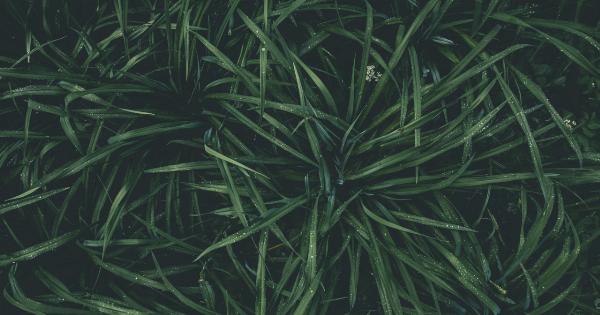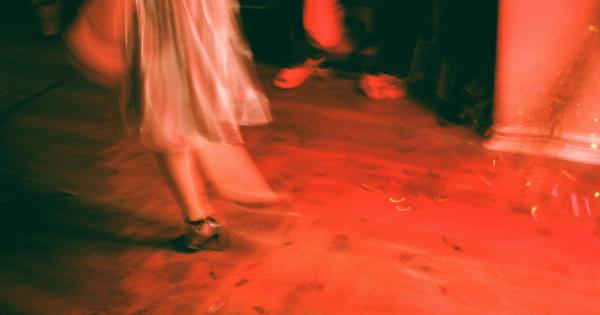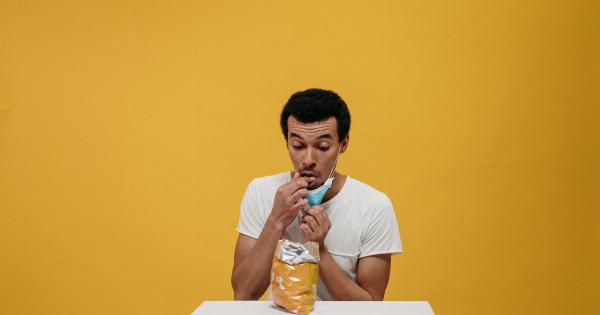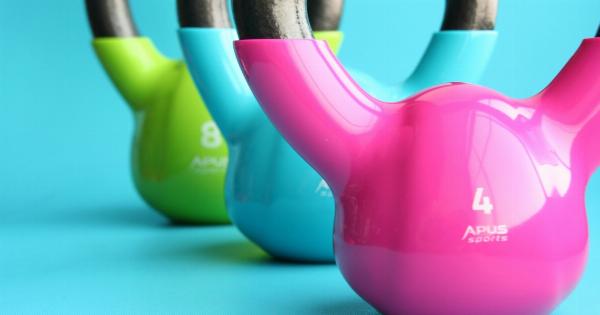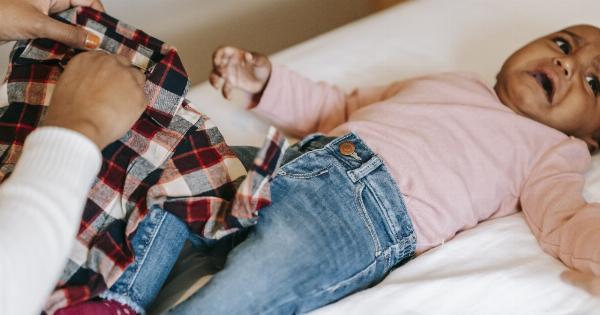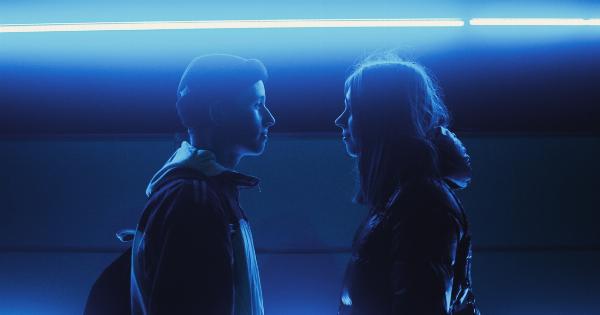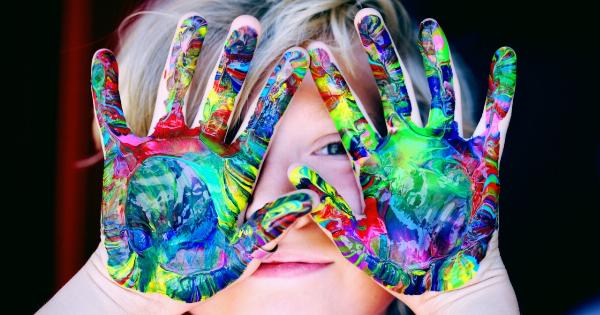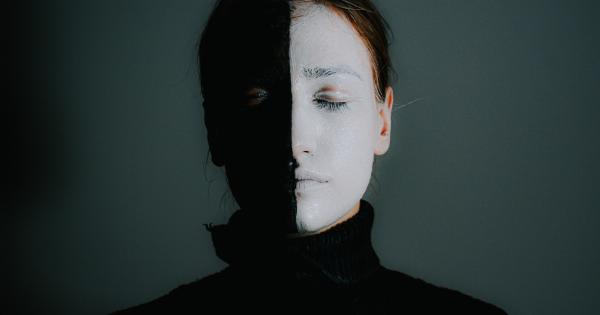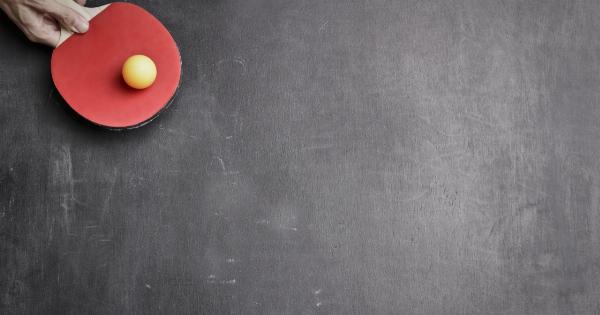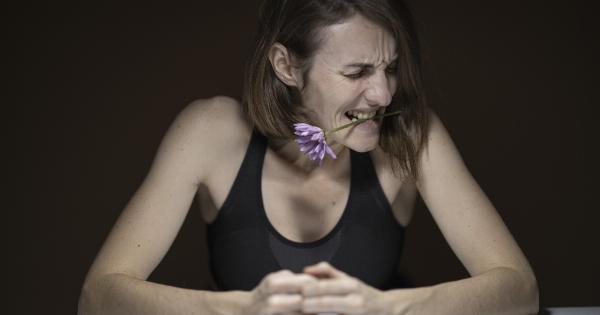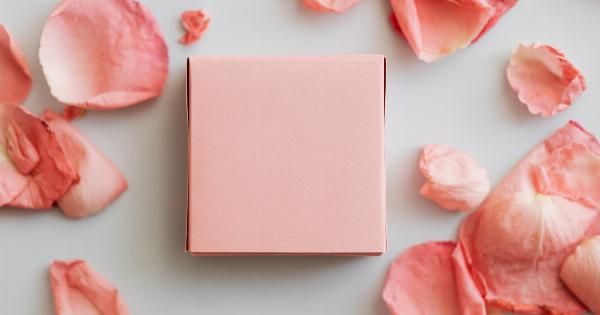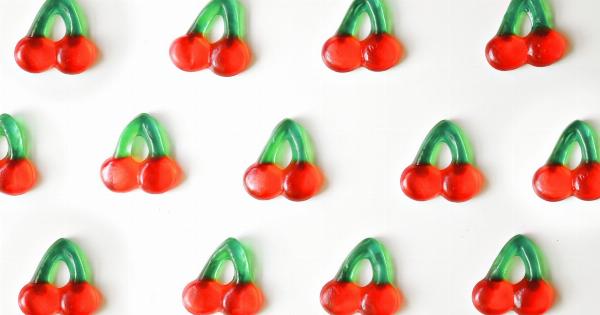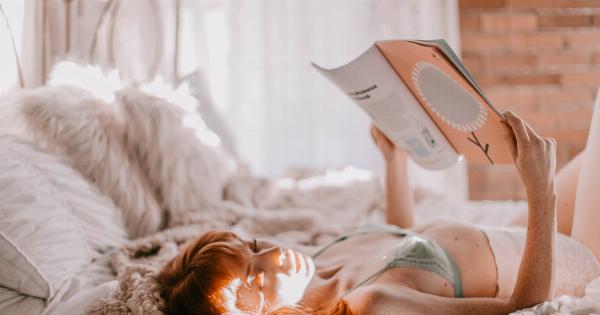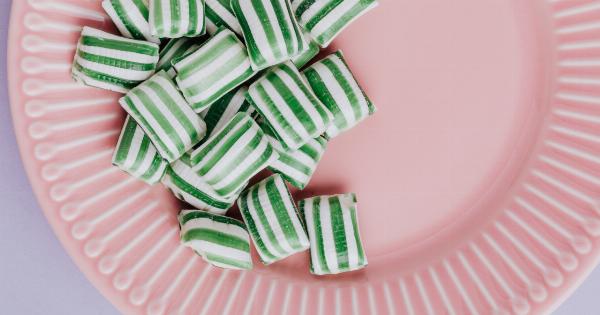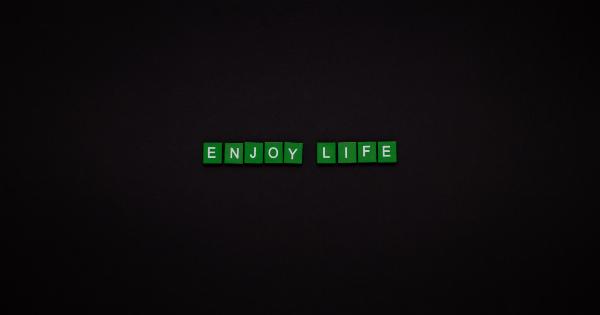It’s no secret that color can affect our emotions, but have you ever wondered just how much of an impact it can have on your mood? From the clothes we wear to the colors we paint our walls, the hues around us can impact our thoughts, feelings, and behaviors in unexpected ways. In this article, we’ll explore the surprising impact of color on your mood and how you can use this knowledge to create a space that makes you feel good.
The Psychology Behind Color and Mood
Color psychology is the study of how colors affect our emotions and behaviors. While it’s not an exact science, researchers have found that certain colors can trigger specific responses in the brain.
For example, red is often associated with passion and excitement, while blue is calming and promotes relaxation.
Color can also affect us on a subconscious level. We’ve all heard of the phrase “feeling blue” when we’re sad or “seeing red” when we’re angry.
These color associations are deeply ingrained in our culture and language, and they can impact our subconscious mind even if we’re not aware of it.
The Impact of Specific Colors on Your Mood
While everyone is unique and can have different emotional responses to certain colors, there are some general associations between specific hues and moods.
Red
Red is often associated with passion, love, and excitement. It can also promote feelings of warmth and energy. However, it’s important to note that red can also be associated with anger and aggression when used too much or in the wrong context.
Orange
Orange is a bright and lively color that promotes feelings of enthusiasm, creativity, and warmth. It can also be associated with fun and playfulness. However, like red, orange can be overwhelming if used too much or in the wrong context.
Yellow
Yellow is a cheerful and sunny color that promotes feelings of happiness, optimism, and warmth. It’s often associated with intellect and mental clarity, making it a good color for a workspace or study area.
However, too much yellow can be overstimulating and cause anxiety.
Green
Green is a calming and soothing color that is often associated with nature. It promotes feelings of growth, balance, and restoration. It’s also a good color for promoting productivity and concentration.
Blue
Blue is a calming and peaceful color that promotes feelings of relaxation and tranquility. It’s also associated with trust, loyalty, and stability. However, too much blue can evoke feelings of sadness or depression.
Purple
Purple is a regal and luxurious color that is often associated with creativity, imagination, and spirituality. It can promote feelings of calm and relaxation, making it a good choice for bedrooms or meditation rooms.
Pink
Pink is a gentle and soothing color that is often associated with femininity and love. It can promote feelings of warmth, kindness, and compassion.
Brown
Brown is a warm and earthy color that is often associated with stability and security. It can promote feelings of reliability, comfort, and dependability.
Black
Black is a formal and sophisticated color that is often associated with power and elegance. It can promote feelings of independence and confidence, but too much black can be overwhelming or depressing.
White
White is a pure and simple color that is often associated with cleanliness, purity, and innocence. It can promote feelings of tranquility, calmness, and clarity.
Using Color to Improve your Mood
Now that we’ve explored the impact of colors on your mood, let’s look at how you can use this knowledge to create a space that makes you feel good.
Choose Colors That Make You Feel Good
The first step in using color to improve your mood is to choose the hues that make you feel good.
While we’ve explored the general associations between each color and mood, everyone is different, and you might have your own personal associations with colors. So, choose the hues that make you feel happy, calm, or energized, and use them in your living space.
Use Contrasting Colors for Emphasis
If you’re looking to create a bold statement in your living space, try using contrasting colors. These are colors that are opposite each other on the color wheel, such as red and green or blue and yellow.
Using contrasting colors can create a sense of excitement, energy, and drama.
Play with Saturation and Intensity
Another way to use color to improve your mood is to play with saturation and intensity. Using bright colors with high saturation can create a sense of energy and excitement, while using muted or pastel colors can create a sense of calm and relaxation.
Use Color as an Accent
If you’re not ready to commit to a full wall of bright pink or neon green, try using color as an accent.
Adding pops of color to your living space with throw pillows, rugs, or artwork can create a sense of energy and excitement without overwhelming your senses.
Conclusion
Color psychology is a fascinating topic that has been studied for decades. Understanding the impact of colors on your mood can help you create a living space that makes you feel happy, calm, and energized.
So, next time you’re choosing a paint color or decorating your living room, keep in mind the power of color to shape our emotions and behaviors.

